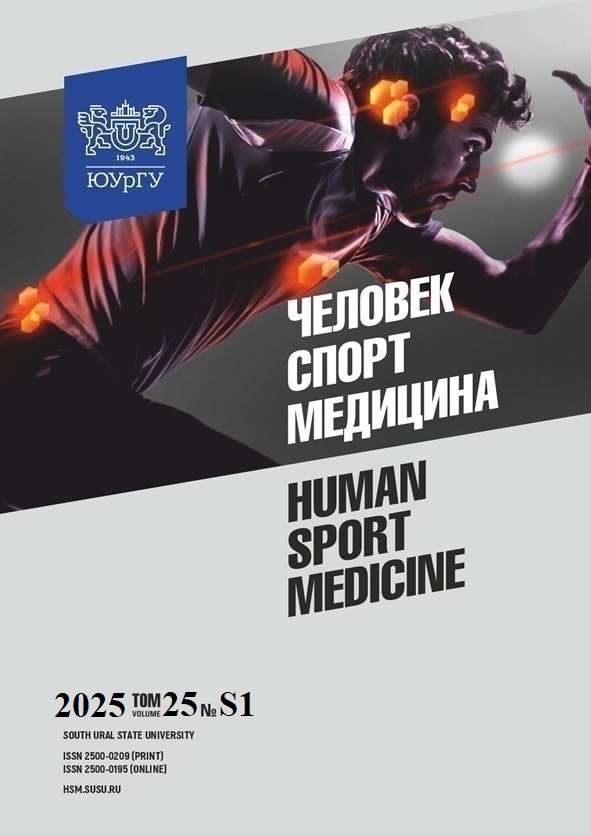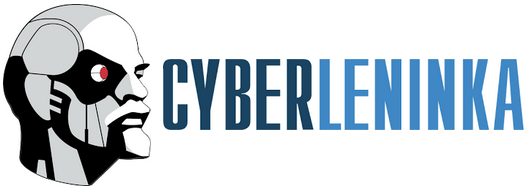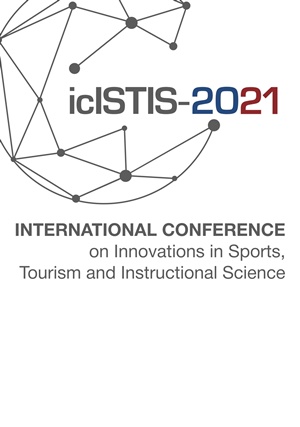FORMATION OF MILITARY-APPLIED PHYSICAL EDUCATION COMPETENCIES OF STUDENTS ATTENDING THE MILITARY TRAINING CENTER BASED ON THE INTERACTION OF THE UNIVERSITY'S STRUCTURAL UNITS
Abstract
The purpose of the study is to substantiate and develop an algorithm for cooperation between structural units of a civilian university, which forms military-applied physical competencies among students of the Military Training Center of a classical university. Materials and methods. The research work was conducted at South Ural State University for six semesters – from 2021 to 2023. The pedagogical experiment involved 50 students (n = 50) of the SUSU – Military Training Center for future specialists in the operation and repair of armored vehicles. During the research, students were divided into CG and EG, the groups were homogeneous in composition, and there were no statistically significant differences between the groups in terms of physical development, functional status, and physical fitness. In a pedagogical experiment, we evaluated the effectiveness of experimental effects based on the dynamics of special physical fitness on the formation of military-applied physical education competencies among students, having conducted research during 6 semesters of mastering the experimental section “Professionally applied physical training” in the course “Physical Culture and Sports”. Results. During the study period, the experimental group showed a good increase in the functional state of young men. The indicators of BMI, OGK, BEL and Harvard step have increased. There was also a significant improvement in adaptation to physical exertion, and the maximum oxygen consumption increased. Positive changes were recorded in the percentage of physical fitness (running 100 m, pull-up and 1000 m). There has also been a significant increase in exercises for the development of military-applied skills, and there has been a good increase in the indicators of exercises for military-professional training of students. Interpretation of the results of the growth rate of physical indicators we used the scale according to V.I. Usakov, where for all the studied indicators during the study the increase was 10–15%, which corresponded to the indicator “good”, due to natural growth and the purposeful introduction of an experimental system of physical education. Conclusion. During the experiment, it was possible to fully develop military-applied physical education competencies among the students of the experimental group and adapt their bodies to perform the necessary tasks for the professional activities of military specialists in the operation and repair of armored vehicles.
References
References on translit
Copyright (c) 2025 Human. Sport. Medicine

This work is licensed under a Creative Commons Attribution-NonCommercial-NoDerivatives 4.0 International License.















